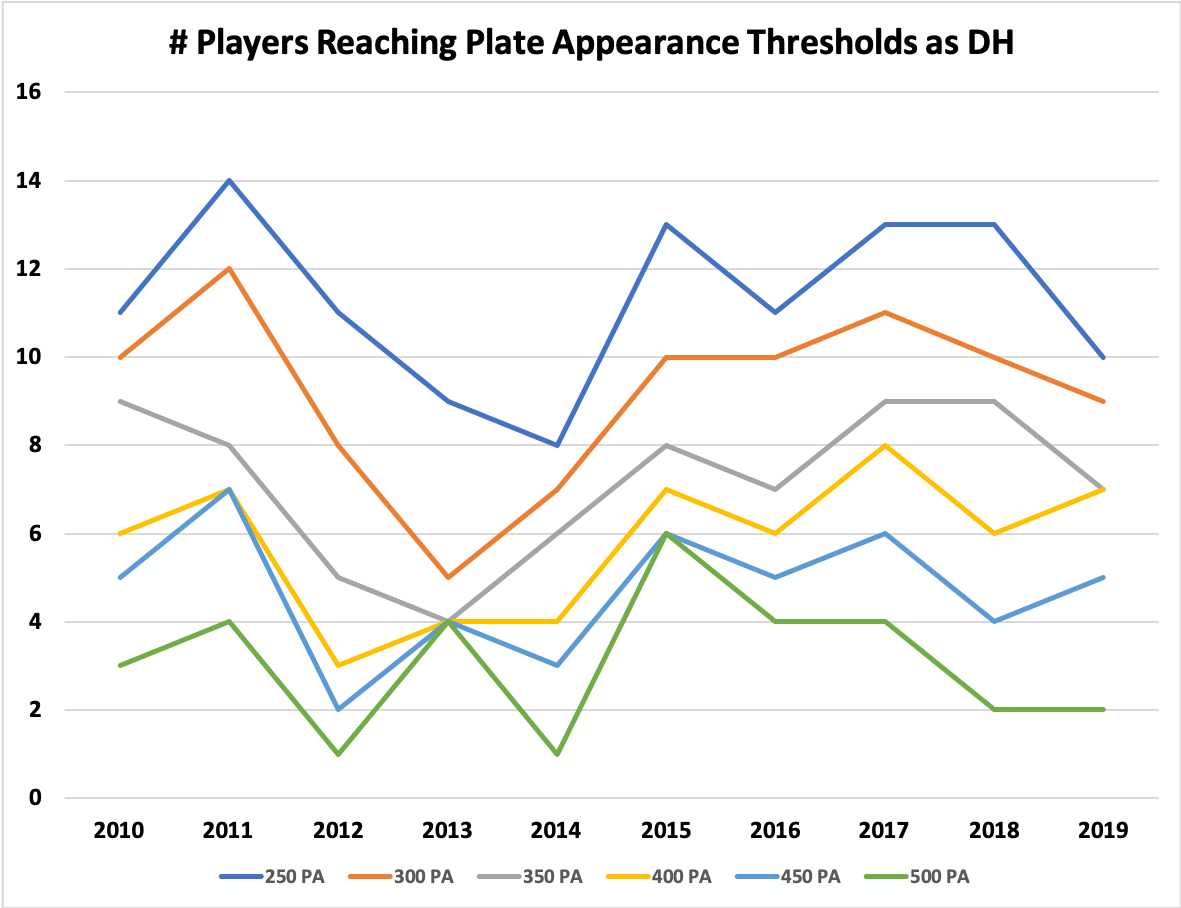Carter Capps on His Controversial Delivery (and Triple-Digit Heat)
Carter Capps didn’t begin his pitching career in a conventional manner. The North Carolina native was a catcher in high school and didn’t move to the mound until he matriculated to Division II Mount Olive College. He didn’t become a newsworthy big-league pitcher in a conventional manner, either. Capps had a 100 mph heater, but he’s best known for an unconventional delivery that elicited no shortage of controversy, and ultimately a rule change.
Capps worked out of the bullpen for the Seattle Mariners and Miami Marlins from 2012-2015, missed 2016 after undergoing Tommy John surgery, and returned to pitch for the San Diego Padres in 2017. Along the way, the now-29-year-old right-hander struck out 184 batters in 147-and-two-thirds innings. He’s now coaching at Driveline.
———
David Laurila: You didn’t start out as a pitcher, but rather a catcher. How did that come to be?
Carter Capps: “I wasn’t very fast, and I could always catch and throw, so I figured, ‘Shoot, I’ll do that.’ I was a pretty good defensive catcher — at times I could hit well — and because I got to be involved in every play, it never got boring. I really liked that part.”
Laurila: Did you pitch in high school at all?
Capps: “I probably pitched seven or eight innings in my senior year. That was kind of as-needed, and only as a reliever.”
Laurila: Do you know how hard you were throwing?
Capps: “I went to a showcase, and as things were wrapping up they said, ‘Does anybody else want to try throwing off the mound?’ I looked around and nobody was raising their hand, so I figured I’d try it. I was like 89-91 [mph], so it wasn’t crazy velo. Of course, I had no idea what I was doing.”
Laurila: When, and how, did you start throwing hard? Read the rest of this entry »



